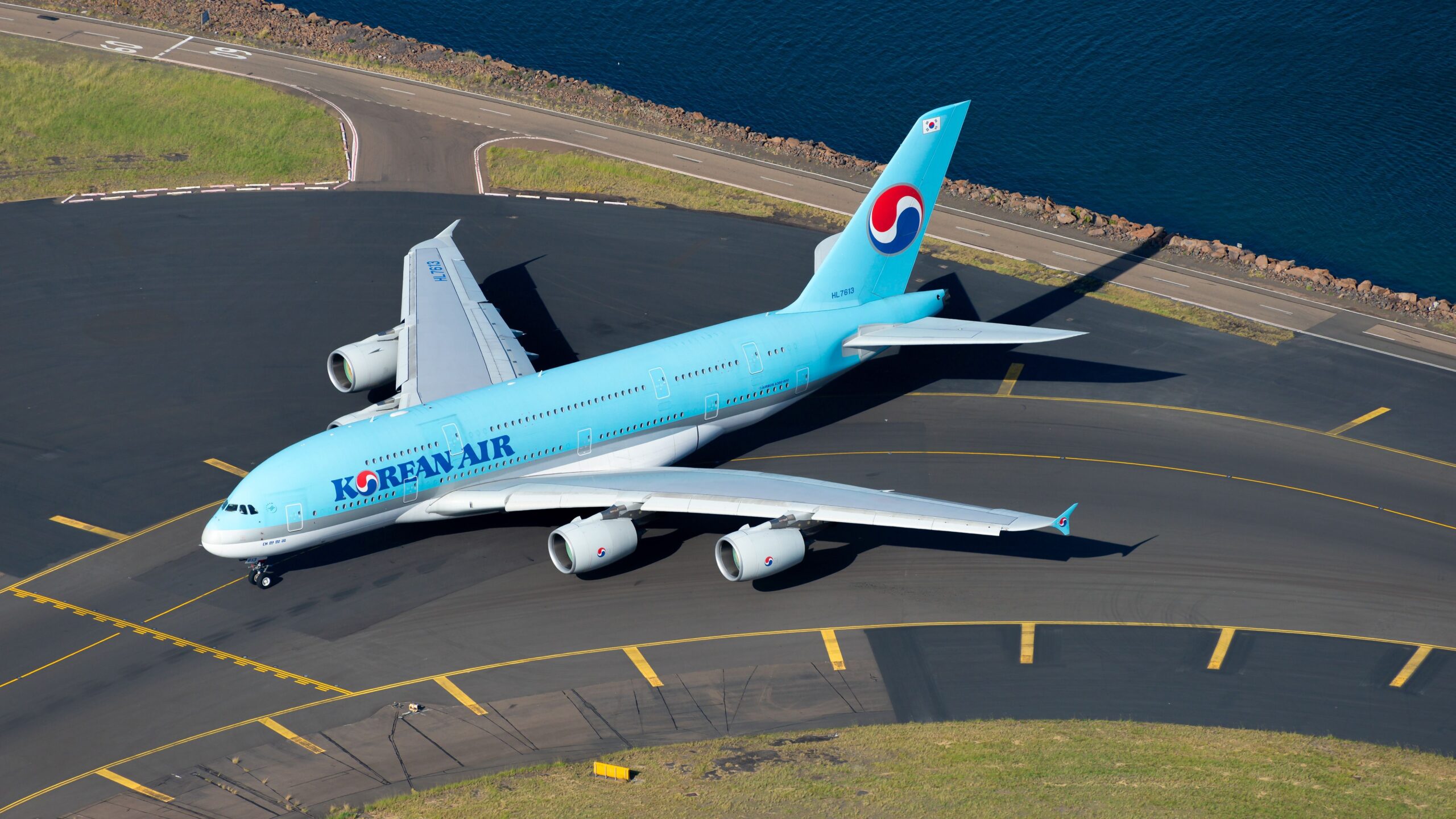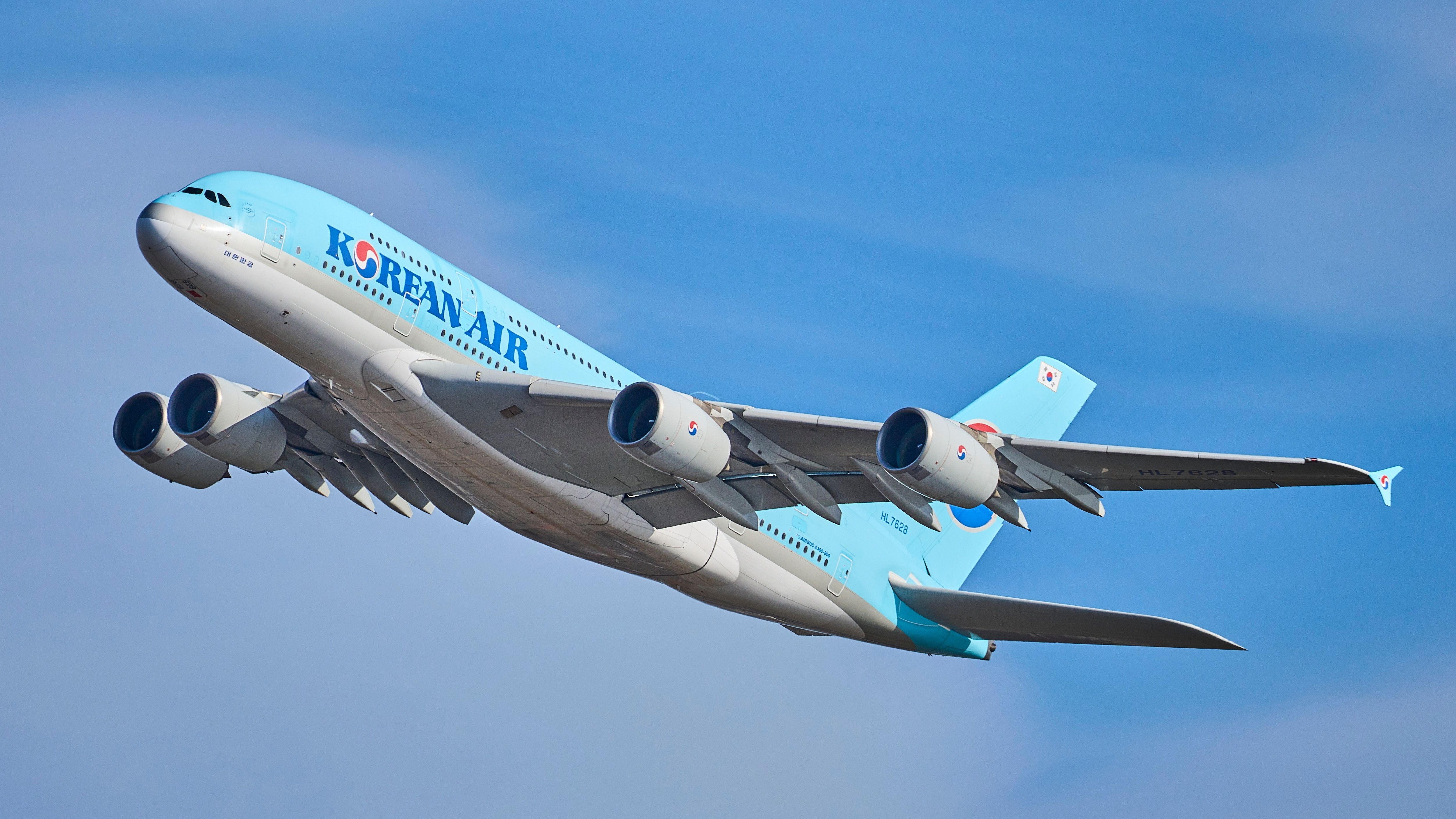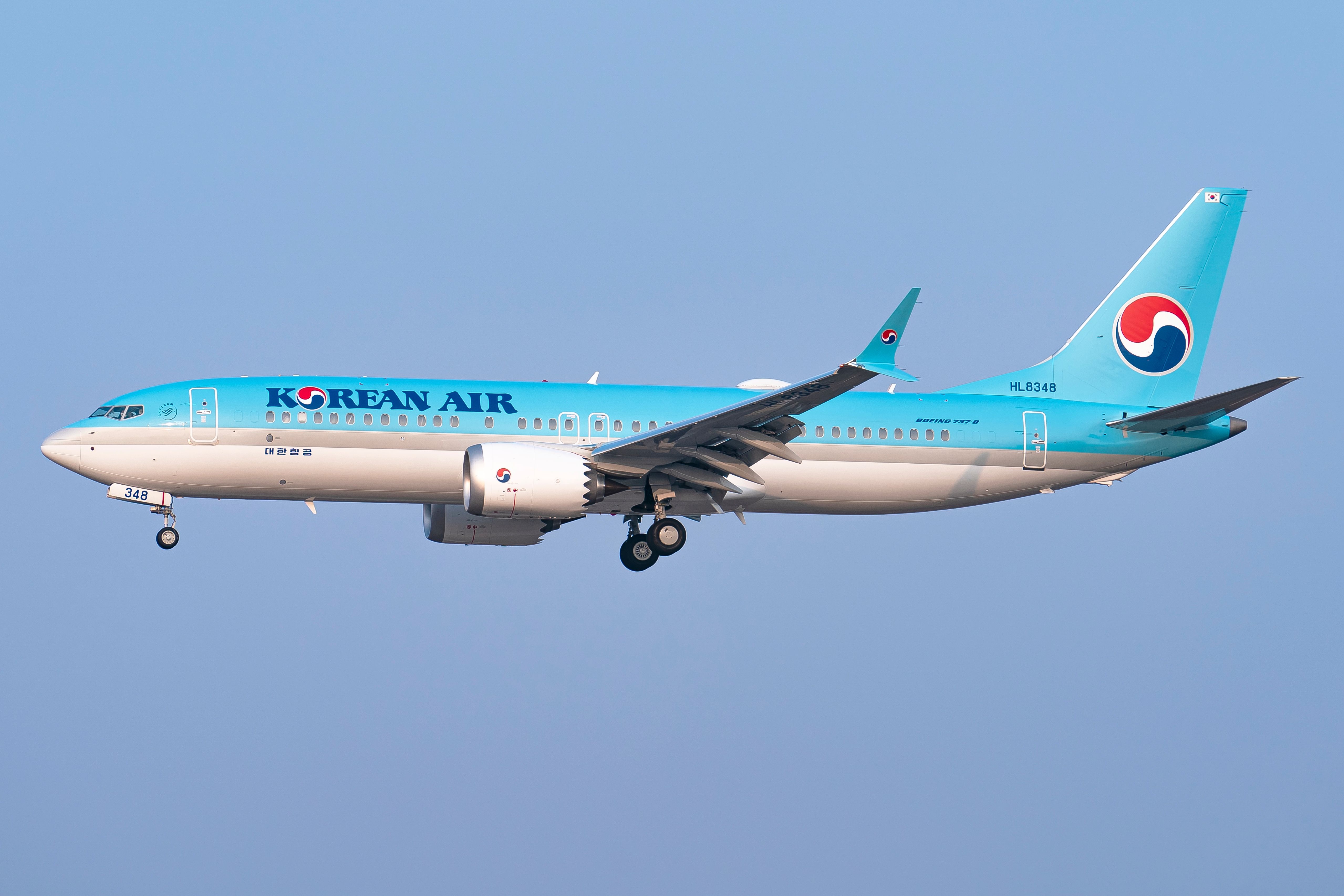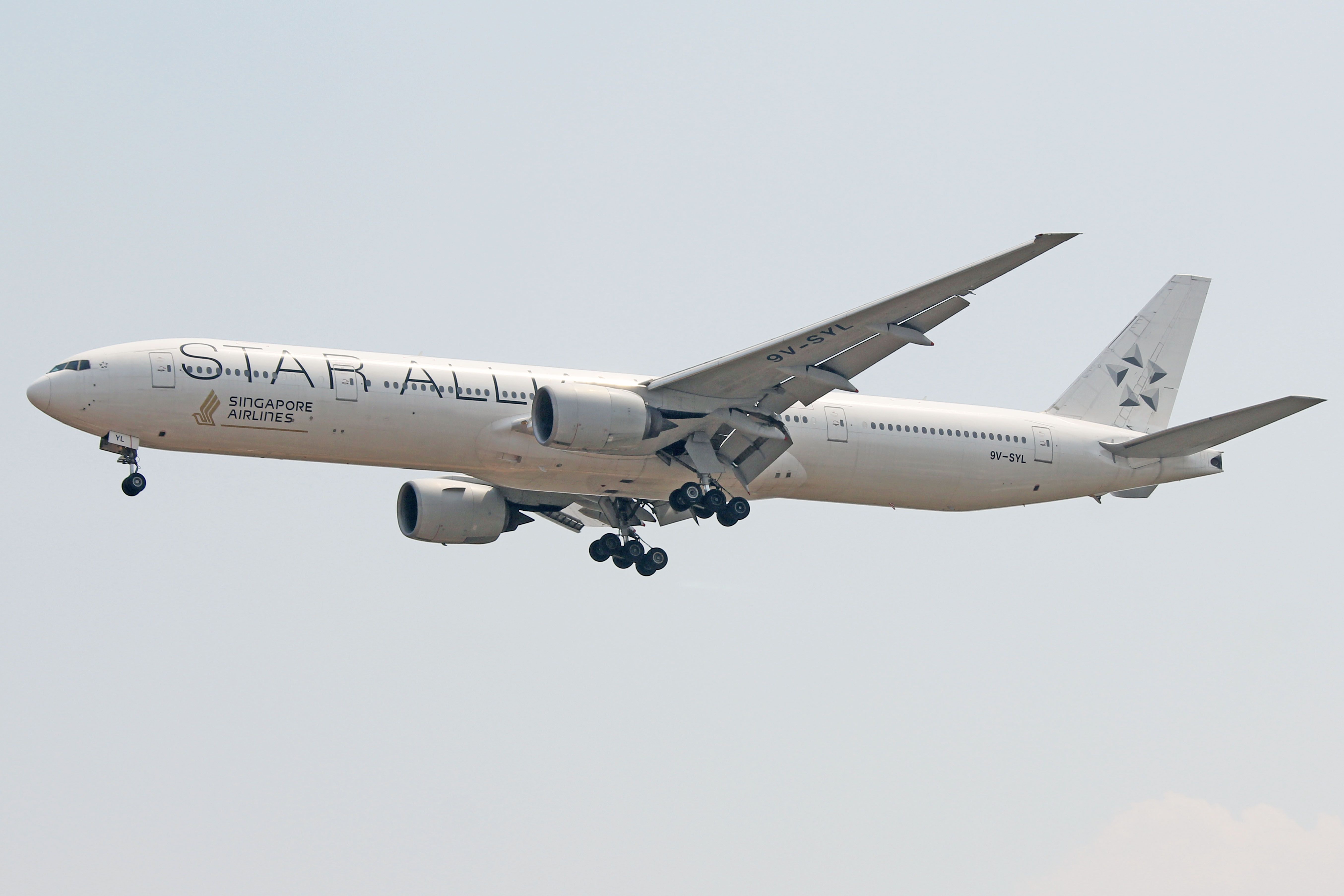Summary
- Korean Air has introduced new in-flight service procedures to address turbulence-related risks.
- Going forward, Korean Air’s flight attendants will end service on medium and long-haul flights 20 minutes earlier than previously.
- Korean Air and several other airlines, including Singapore Airlines, have experienced high-profile turbulence events, which have resulted in onboard injuries.
Korean Air has joined many other airlines throughout the globe that have introduced new cabin service procedures to address severe turbulence risks. The changes follow several airlines, including Korean Air, experiencing severe turbulence events that have resulted in injuries to people onboard the aircraft.
Service ending earlier
In a statement, Korean Air detailed that it would end cabin service on all medium and long-haul itineraries 40 minutes before landing, which was 20 minutes earlier than previously. The airline noted that the change would allow flight attendants to wrap up their service before an aircraft begins its descent at its destination airport.
“Turbulence has become a persistent and growing problem in recent years with the number of incidents doubling in Q1 2024 compared to Q1 2019. Turbulence is becoming more frequent, especially as the aircraft descends, due to large temperature differences between altitudes.”
In addition, Korean Air reiterated that as an aircraft passes an area of possible turbulence, the pilots turn on the ‘fasten seat belt’ sign inside the cabin, prompting passengers to sit down at their seats and strap themselves in. The airline reminded passengers that they must follow the flight crew’s instructions and secure themselves in their seats.
Photo: Evan El-Amin | Shutterstock
According to the carrier, encounters with sudden or clear-air turbulence (CAT) have been common and as a result, wearing a seatbelt at all times is the way to ensure a safe journey onboard an aircraft. Furthermore, passengers should store their carry-on baggage in the overhead bin or under the seat to prevent injuries from falling items.
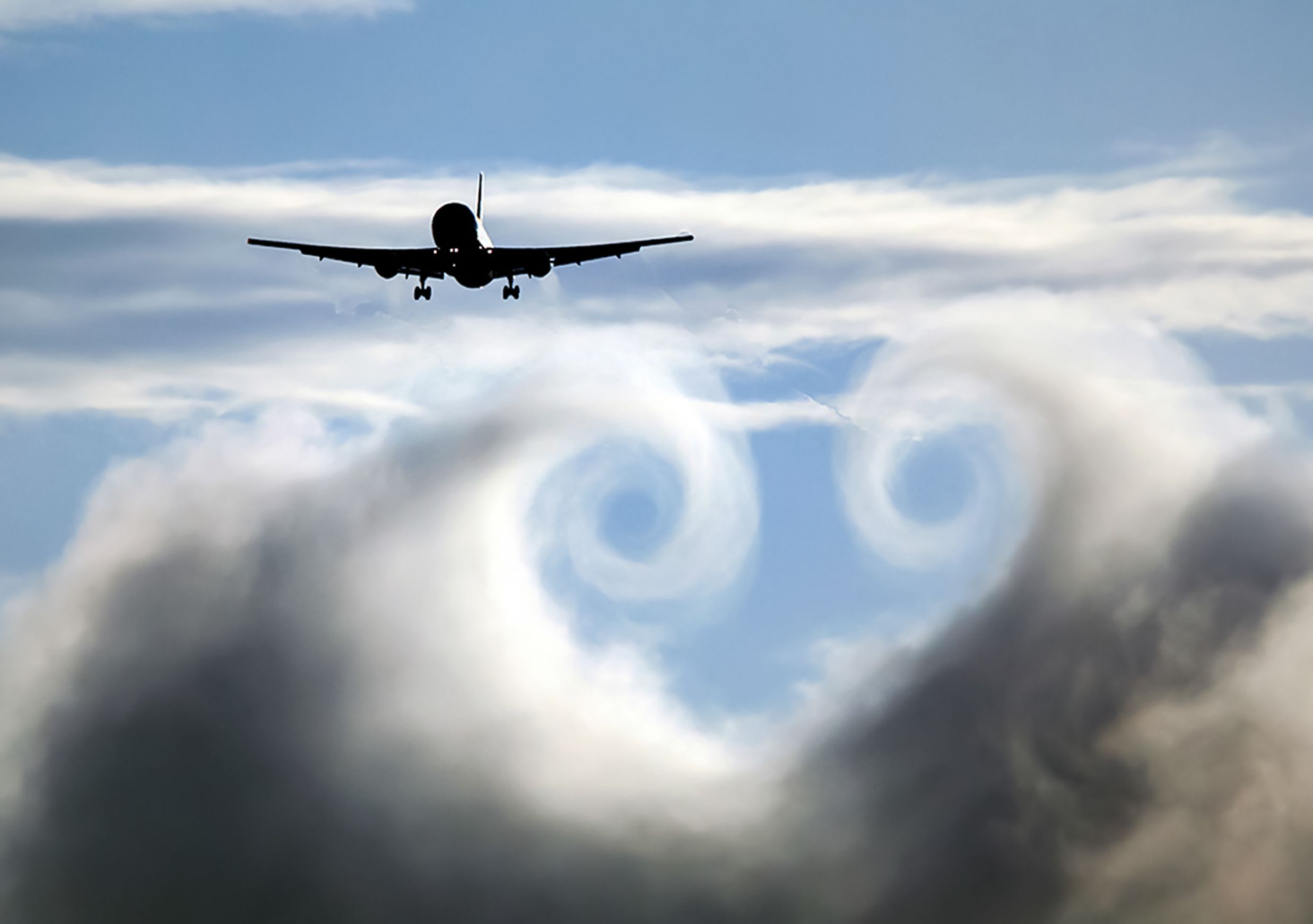
Related
How Dangerous Is Turbulence?
While it may feel scary, is turbulence actually a danger?
Over the past few months, there have been several high-profile turbulence-related incidents, which have resulted in injuries and even a fatality onboard a commercial flight. For example, an Air Europa flight UX45 traveling between Madrid Barajas Airport (MAD) and Montevideo Carrasco International Airport (MVD) was forced to divert to Brazil after the flight had encountered severe turbulence.
The flight, which departed on June 30, landed at Natal International Airport (NAT), Brazil, on July 1. The airline confirmed on X, formerly known as Twitter, that passengers suffered injuries onboard the Boeing 787-9, registered as EC-MTI, operating the flight. The aircraft has remained at NAT since the incident.
Photo: Parkdolly | Shutterstock
Meanwhile, a Korean Air Boeing 737 MAX 8, registered as HL8352, was also involved in a turbulence-related event on June 22. The aircraft, which was operating Korean Air flight KE189 from Seoul Incheon International Airport to Taichung Airport (RMQ), was forced to turn back to ICN after departure.
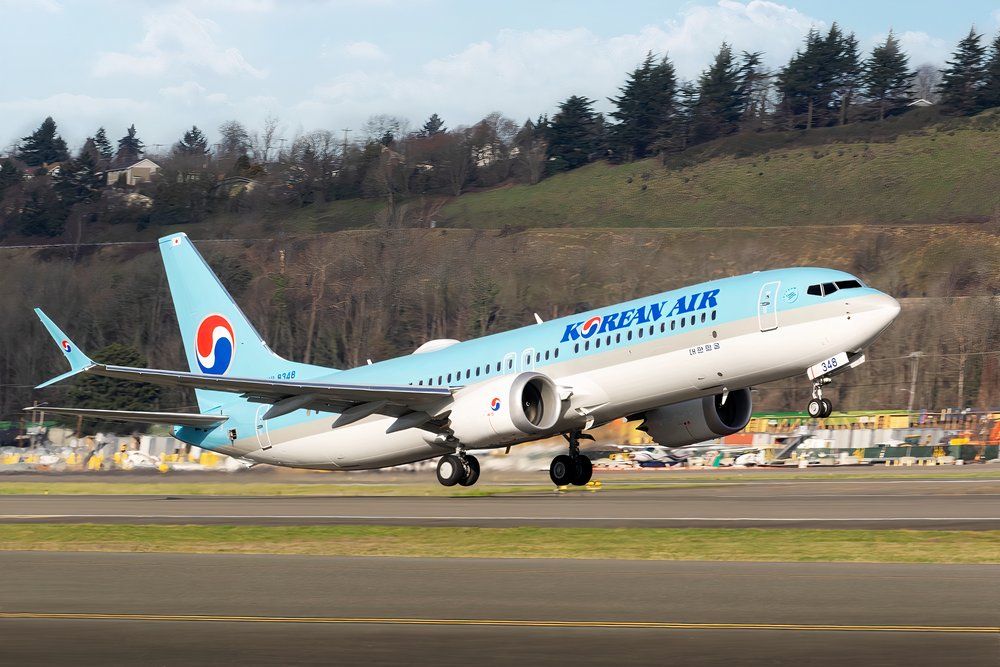
Related
Korean Air Boeing 737 MAX 8 Descends 21,000 Feet With 13 Injured
While no official word has come from Korean Air, Boeing or the regulator, this is another disturbing issue surrounding a 737 MAX 8.
In a statement, Korean Air confirmed that some passengers were treated for injuries once the aircraft landed at ICN. The same Boeing 737 MAX 8 returned to commercial service on June 28, after it had operated a test flight from and to ICN on the same day.
Another high-profile incident was the Singapore Airlines flight SQ321 severe turbulence event, which left more than a dozen people onboard the Boeing 777-300ER injured. Unfortunately, the incident on May 21 also resulted in a single fatality, with a United Kingdom national passing away onboard the aircraft.
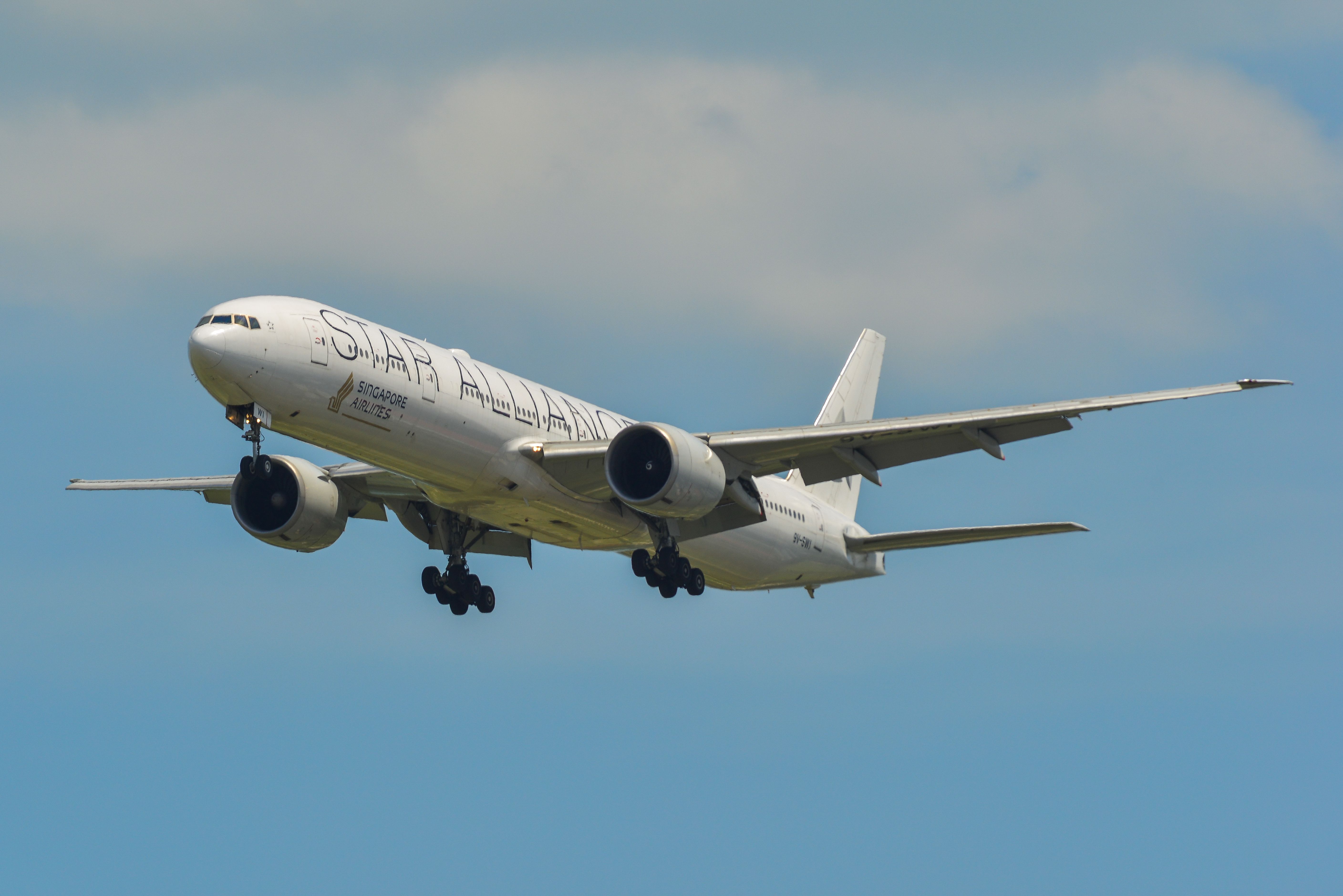
Related
Singapore Airlines FDR Records Show Plane Suffered Rapid G Force Changes In Turbulence
The pilots turned on the seatbelt sign just eight seconds before the aircraft experienced rapid changes in G.
Changing procedures
Korean Air has joined several other airlines that have changed their safety protocols related to turbulence globally. Shortly after its turbulence event, Singapore Airlines said that it would not serve hot drinks and meals when the seat belt sign was on, adding that it was part of an effort to be more cautious when managing in-flight turbulence.
Photo: Corvin.Y.O | Shutterstock
Regulators and other industry stakeholders, including the European Union Aviation Safety Agency (EASA) have warned that climate change can negatively impact safety, with climate change likely increasing the frequency and severity of CAT in some regions where there was a lot of international traffic, including the North Atlantic.
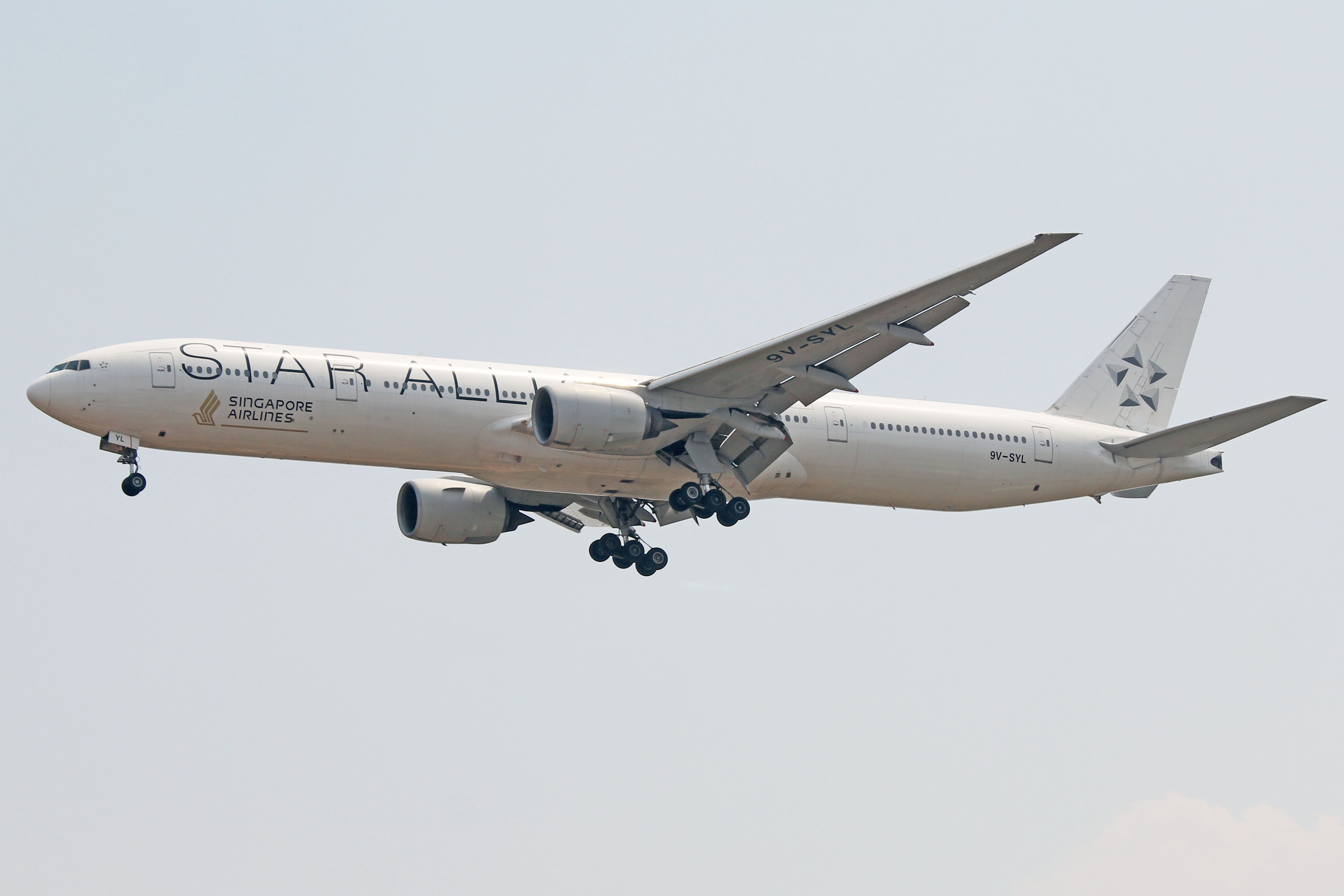
Related
Singapore Airlines Changes Seatbelt Policy Following Severe Turbulence Injuries
As a result, passengers will not be served hot drinks or meals when the seatbelt sign is on.

